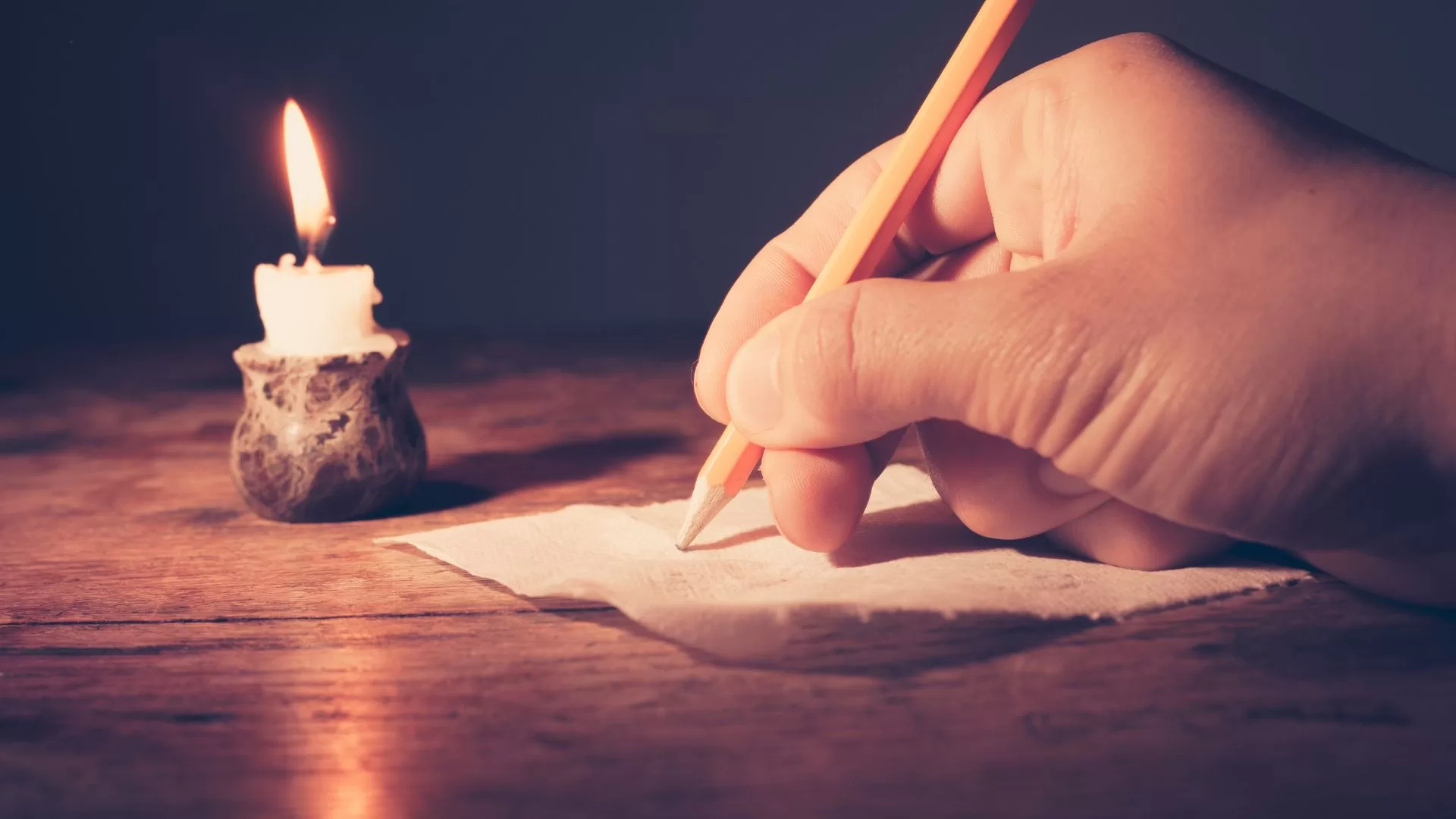Imagine stepping into a world where words dance, emotions sing, and the ordinary becomes extraordinary. This is the world of poetry, where poetic devices and techniques are the magic spells that transform language into art. Understanding these tools is not just for scholars in ivory towers or for those who whisper “Shall I compare thee to a summer’s day?” to their plants. It’s for anyone who wants to appreciate the beauty of language and perhaps even craft their own poetic masterpiece. So, let’s embark on this lyrical adventure together, exploring the nooks and crannies of poetic devices and techniques, and discover how they bring poems to life.
The Beat Goes On — Rhythm and Meter
First up, rhythm and meter, the heartbeat of a poem. They’re what make you tap your foot to a poem, much like you would to a catchy tune. Rhythm is the pattern of stressed and unstressed syllables in a line, while meter is the organized rhythm that forms a predictable pattern. Picture yourself walking rhythmically down a path; that’s what it feels like to read a poem with a consistent meter. For example, Shakespeare’s iambic pentameter is like the steady beat of a drum, marking the time in each line.
Rhyme — The Echo of Sound
Rhyme is like poetry’s echo. It’s the repetition of similar sounds in the last words of lines, and it’s what makes nursery rhymes so catchy. There’s end rhyme, where words at the end of lines rhyme, and internal rhyme, where words within the same line rhyme. Think of it like the chorus of a song, the part you can’t help but hum along to.
Alliteration and Assonance — The Sound Symphony
Alliteration and assonance are where sounds really start to play. Alliteration is the repetition of consonant sounds at the beginning of words, like “Peter Piper picked a peck of pickled peppers.” It’s the tongue twister of poetry. Assonance is the repetition of vowel sounds within words, like the “o” sound in “The cold, bold soldier.” It’s like the melody that strings the words together.
Metaphor and Simile — The Imagery Artists
Metaphors and similes are the paintbrushes of poetry, painting vivid pictures in your mind. A metaphor directly compares two things by saying one thing is another, like “Time is a thief.” It doesn’t steal your watch, but it does steal the moments. A simile does the same but uses “like” or “as,” such as “Busy as a bee.” It’s not suggesting you grow antennae, but that you’re buzzing with activity.
Personification — Giving Life to the Lifeless
Personification is like a fairy godmother, breathing life into non-living things. It’s when an object, idea, or animal is given human qualities, like “The wind whispered secrets.” Last time we checked, the wind didn’t have lips, but in poetry, it can whisper sweet nothings into your ear.
Onomatopoeia — The Sound Effect Expert
Onomatopoeia is fun to say and even more fun to use. It’s a word that imitates the sound it represents, like “buzz,” “bang,” or “sizzle.” It’s like the special effects department of poetry, adding sensory experiences to the words.
Hyperbole — The Drama Queen of Poetry
Hyperbole is exaggeration for effect. It’s not meant to be taken literally; it’s meant to add drama and emphasis, like saying “I have a million things to do.” Unless you’re a superhero, you probably don’t have a million things, but it sure feels like it.
Irony — The Twist in the Tale
Irony is when the opposite of what you expect happens. It’s like expecting a pie and getting a pizza. In poetry, it adds a layer of complexity and can convey deep or humorous contrasts. It’s the wink and nudge of poetic techniques.
Conclusion — The Poetic Journey Continues
Understanding poetic devices and techniques is like unlocking a secret garden of delights. It’s a journey through a landscape rich with sound, imagery, and emotion. As you explore this world, remember that poetry is not just about rules and techniques; it’s about expression, creativity, and the beauty of language.
So, whether you’re reading a classic sonnet or trying your hand at a haiku, take a moment to appreciate the craft behind the words. Listen to the rhythm, savor the sounds, and let the imagery transport you. Who knows, you might just find yourself inspired to pen a few poetic lines of your own. After all, there’s a poet in all of us, waiting to dance with words.










0 Comments